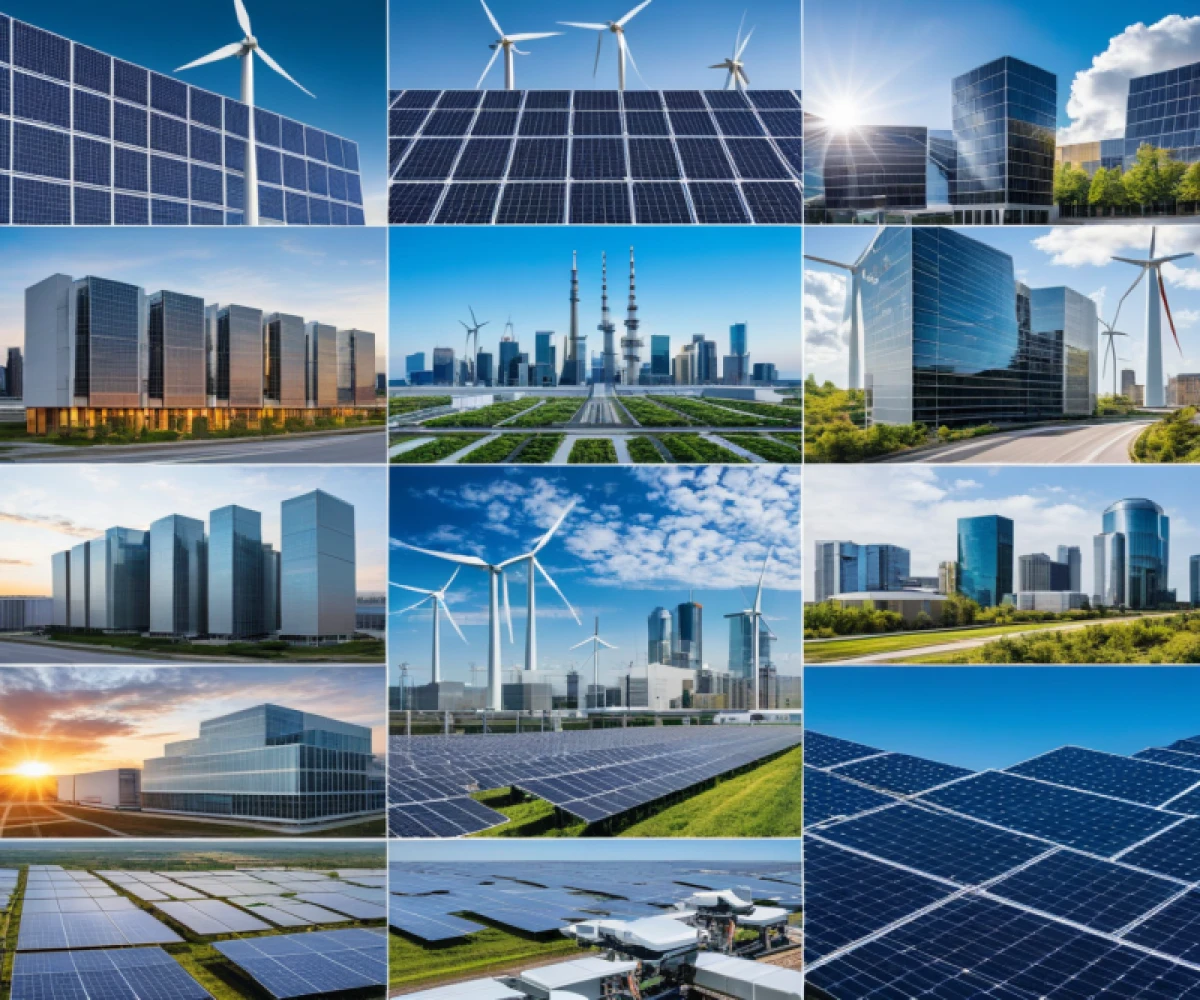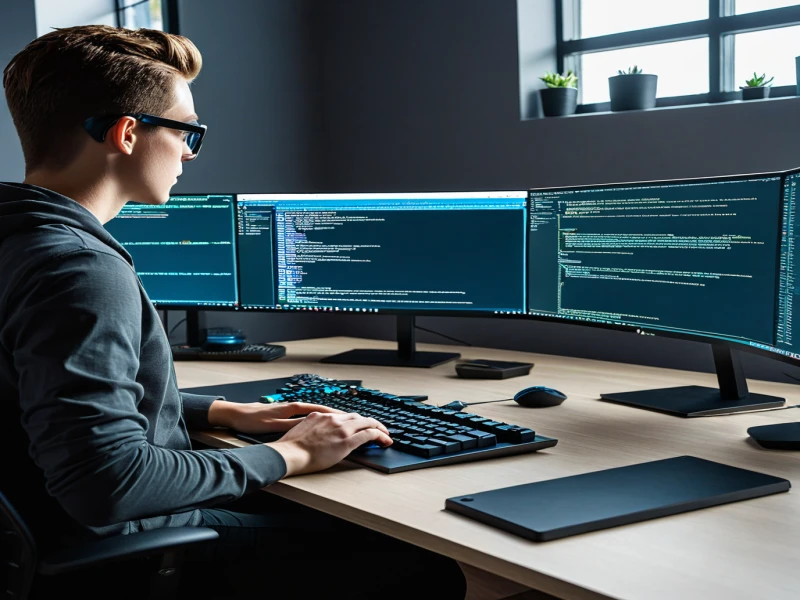
Smart Factories & Connected Cities: How the 4IR is Transforming Industry?
Navigating the Fourth Industrial Revolution: From Buzzword to Reality
The term "Fourth Industrial Revolution" (4IR) gets thrown around a lot these days. But what exactly is it, and how is it impacting our lives? In this blog, we'll break down the key features of 4IR, explore some real-world examples, and discuss its potential benefits and challenges.
What is the 4IR?
Imagine a world where machines seamlessly communicate with each other, analyze vast amounts of data in real-time, and even make decisions on their own. That's the essence of the 4IR, a fusion of technologies like artificial intelligence (AI), robotics, the Internet of Things (IoT), and Big Data. These advancements are blurring the lines between the physical and digital worlds, transforming industries and societies at an unprecedented pace.
Examples of 4IR in action:
- Smart factories: Robots collaborate with human workers, performing tasks with increased precision and efficiency. Sensors monitor machines in real-time, predicting potential failures and preventing costly downtime.
- Personalized medicine: AI analyzes your genetic data and medical history to recommend tailored treatments and predict potential health risks.
- Self-driving cars: Vehicles equipped with cameras, LiDAR, and AI navigate roads autonomously, potentially reducing accidents and traffic congestion.
- Remote surgery: Surgeons use robots controlled from miles away to perform complex procedures with enhanced precision and minimal invasiveness.
Benefits and challenges:
Like any major technological shift, the 4IR presents both exciting opportunities and potential pitfalls.
Benefits:
- Increased productivity and efficiency: Automation can free up human workers for more creative and strategic tasks.
- Improved healthcare and personalized medicine: New technologies can lead to earlier diagnoses, more effective treatments, and better overall health outcomes.
- Greater sustainability: Smart grids and renewable energy sources powered by AI can help us transition to a more sustainable future.
Challenges:
- Job displacement: Automation could lead to job losses in certain sectors, requiring workforce retraining and adaptation.
- Ethical considerations: Questions arise around data privacy, bias in AI algorithms, and the potential for job displacement.
- Cybersecurity threats: As more devices and systems connect to the internet, the risk of cyberattacks increases.
The future of 4IR:
The 4IR is still in its early stages, and its full impact is yet to be fully understood. However, it's clear that this revolution has the potential to reshape our world in profound ways. By proactively addressing the challenges and harnessing the benefits, we can ensure that the 4IR leads to a more prosperous, equitable, and sustainable future for all.
I hope this helps! Let me know if you have any other questions.


